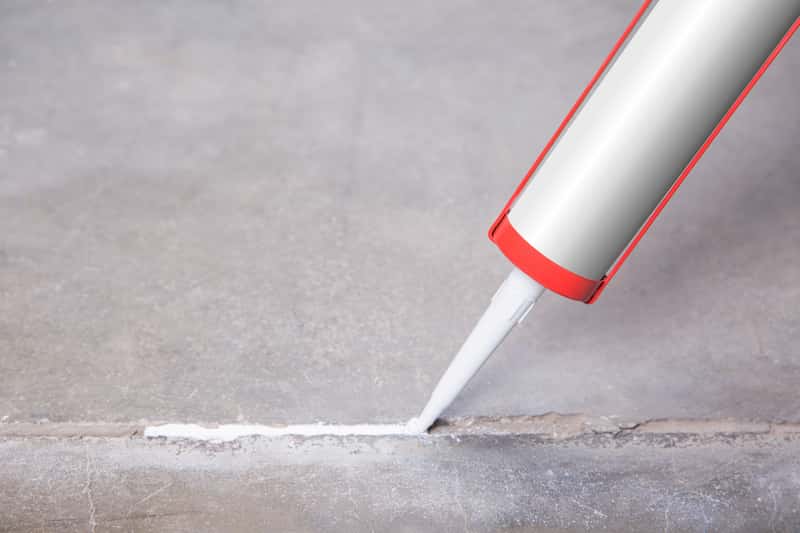Abhesion
January 7, 2021Absorption
January 7, 2021
Construction Acrylic
One of Hundreds of Products in the Building Chemistry Category
Due to its similar packaging, construction acrylic is often mistaken for silicone. Both products also share a similar appearance and color. However, acrylic in a tube serves a different function than silicone.
Acrylic has excellent adhesion to various building materials, which defines its primary applications. It bonds well with concrete, aerated concrete, ceramics, and bricks. Additionally, it adheres to wood, plaster, and drywall, making it an excellent sealant and filler for gaps and cracks between these materials. Architectural acrylic can also be used flexibly for jointing.
In general, acrylic is designed for indoor use, but there are specialized versions suitable for exterior applications. Standard construction acrylic has low moisture resistance; however, some variants offer enhanced resistance. Acrylic sealing resin is UV- and frost-resistant, and importantly, it does not contain toxic ingredients, making it environmentally safe.
Types of Construction Acrylics
Among the many types of acrylic sealants, some specialized variants are available:
- Fire-resistant acrylic – This type can withstand fire for 15-30 minutes, making it particularly useful in finishing attics after installing a wooden roof structure.
- Fast-drying acrylic – This variety is practical for quick repairs, as it can be sanded or otherwise processed about 20 minutes after application. Once dry, all acrylics can be sanded and painted.
- Moisture-resistant acrylic – Designed for outdoor use, this acrylic contains a higher ratio of acrylic binder and fewer fillers, making it more durable but also more expensive than standard acrylic sealants.
- Acrylic for drywall joints – This variant has enhanced adhesion properties, making it ideal for sealing gaps between gypsum board panels.
- Acrylic for plaster repair – Contains fine granules that mimic the texture of plaster, ensuring a seamless blend with the surrounding surface.
- Painter’s acrylic – Specifically formulated for precise and safe filling of cracks and surface imperfections. Its unique properties prevent discoloration in sealed areas after painting.









